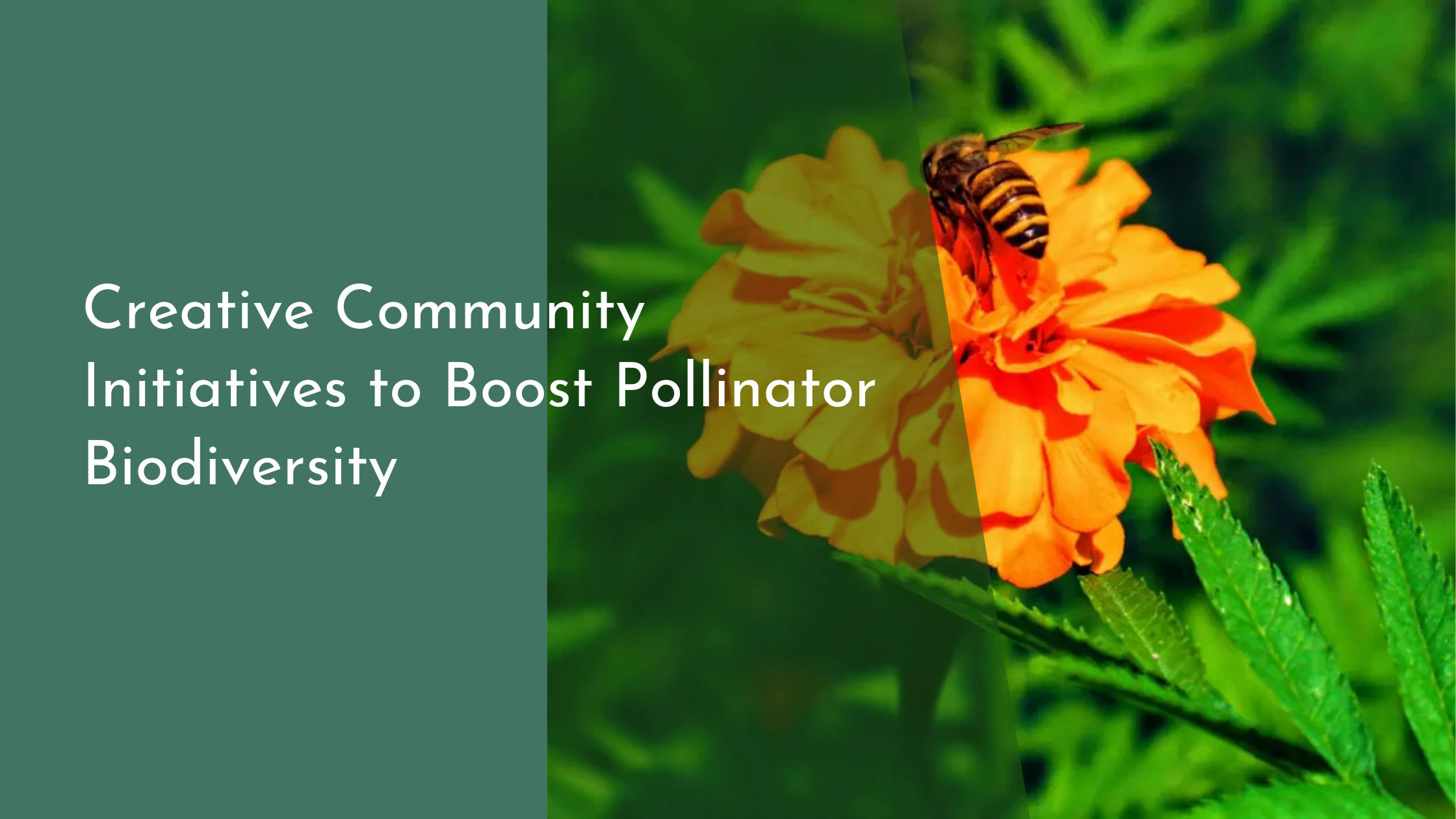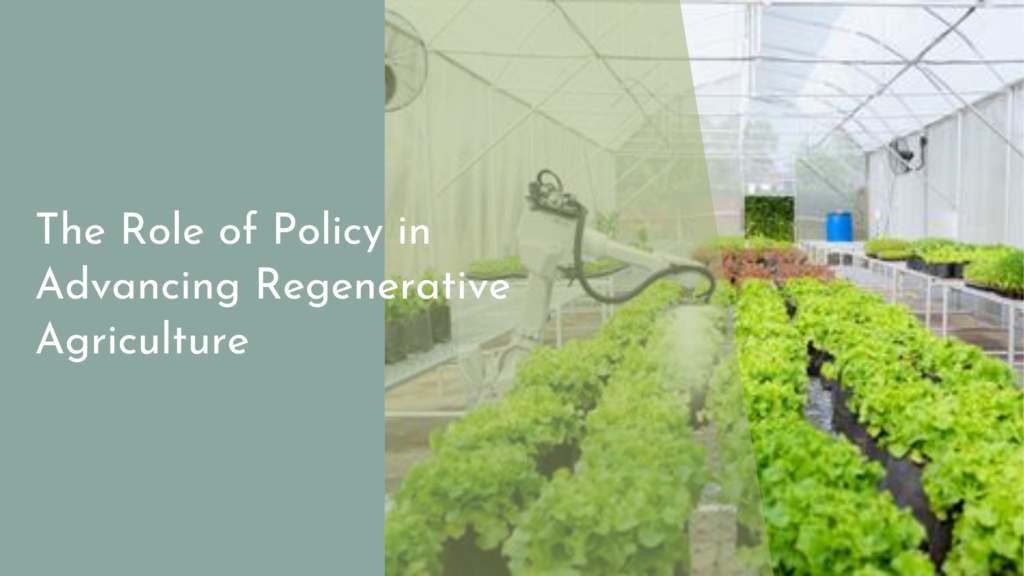Creative Community Initiatives to Boost Pollinator Biodiversity
Pollinators are vital to the ecosystem, playing a crucial role in the reproduction of many plants and the production of food crops. However, recent declines in pollinator populations have raised concerns about biodiversity and food security. Fortunately, individuals and communities worldwide are stepping up with creative initiatives to boost pollinator biodiversity. These efforts range from community gardens to educational workshops and innovative conservation methods blending technology and tradition.
Understanding the Importance of Pollinators
Pollinators, including bees, butterflies, birds, and bats, are responsible for the reproduction of over 75% of flowering plants and approximately 35% of global food crops. Their activities ensure the growth of fruits, vegetables, and nuts, contributing to a diverse and healthy ecosystem. A decline in pollinator populations threatens global food security and disrupts the balance of natural ecosystems, highlighting the urgent need for conservation efforts.
The decline of pollinator populations can be attributed to several factors, such as habitat loss, climate change, and pesticide use. By understanding the critical role pollinators play in our ecosystem, communities can better appreciate the need for conservation and biodiversity initiatives. This awareness has spurred various creative community-driven projects aimed at preserving and enhancing pollinator habitats.
Community Gardens: A Haven for Biodiversity
Community gardens have emerged as a vital tool in enhancing pollinator biodiversity. By cultivating a variety of native flowering plants, these gardens provide essential resources for pollinators, such as nectar and pollen. In addition to promoting healthy pollinator populations, community gardens enhance local biodiversity, offering a haven for numerous plant and animal species.
Beyond their ecological benefits, community gardens foster a sense of community and provide educational opportunities. People of all ages can learn about plant-pollinator interactions, gardening techniques, and the significance of biodiversity. By transforming unused spaces into vibrant, thriving ecosystems, community gardens serve as a tangible reminder of the power of collective action in conservation efforts.
Educational Workshops and Local Engagement
Educational workshops play an instrumental role in raising awareness about the importance of pollinators. These workshops often feature topics such as planting pollinator-friendly gardens, understanding the impact of pesticides, and identifying local pollinator species. By equipping participants with knowledge and practical skills, these workshops empower communities to take action in their own backyards.
Local engagement further enhances the effectiveness of these educational initiatives. By involving community members, schools, and local businesses, these workshops foster a collaborative approach to conservation. As more people become engaged and invested in pollinator preservation, the community benefits from strengthened relationships and a shared commitment to environmental stewardship.
Tech and Tradition: Innovative Conservation Methods
Combining modern technology with traditional practices, communities are developing innovative solutions to support pollinator biodiversity. For example, the use of drones and GPS technology allows for the efficient mapping and monitoring of pollinator habitats, enabling targeted conservation efforts. Meanwhile, traditional practices such as companion planting and crop rotation continue to play a crucial role in supporting healthy ecosystems.
These innovative methods not only enhance conservation efforts but also inspire creativity and problem-solving within communities. By integrating technology with traditional wisdom, people are finding new ways to address the challenges facing pollinators. This synergy between old and new approaches encourages a spirit of innovation and adaptability, essential qualities for addressing environmental issues on a global scale.
Creative community initiatives are proving to be powerful tools in boosting pollinator biodiversity and ensuring the health of our ecosystems. By fostering collaboration, education, and innovation, these efforts offer hope for reversing the decline in pollinator populations. As communities worldwide continue to champion pollinator conservation, they are paving the way for a more sustainable and biodiverse future.


